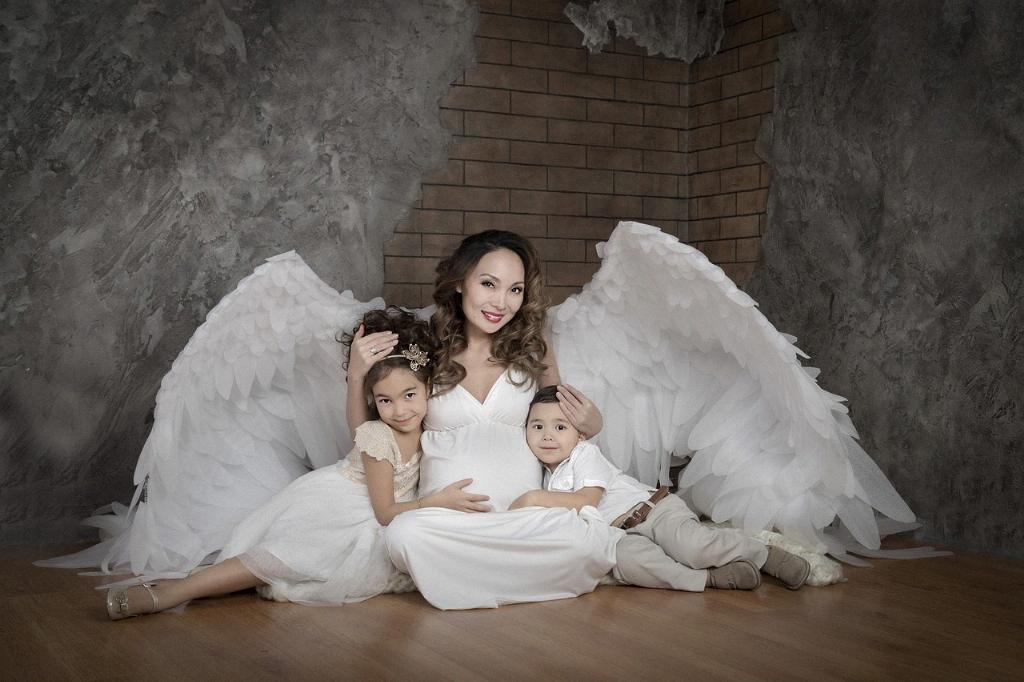Experiencing a pregnancy tear can be a challenging and uncomfortable process for many women. It’s essential to be well-informed about what to expect and how long the healing process may take. In this article, we will delve into the details of pregnancy tears and provide insights into the healing time required.
Initial Pain and Discomfort
It’s crucial to acknowledge that the initial stage of a pregnancy tear can be the most painful. Women often experience discomfort when sitting, walking, urinating, and during bowel movements. These activities can be particularly challenging during the first few days following the tear.
First Week Challenges
During the first week after experiencing a pregnancy tear, it is common to encounter heightened pain and discomfort. Bowel movements may be especially painful, and sitting or walking may prove to be quite uncomfortable. It’s important to exercise patience and allow your body time to heal.
Healing Timeline
Typically, a pregnancy tear can take about 4 to 6 weeks to heal fully. While this may vary from one individual to another, it is essential to remember that healing is a gradual process. It’s normal to experience improvement each day as your body works to repair the tear.
Self-Care and Recovery
Self-care plays a significant role in the healing process of a pregnancy tear. It’s crucial to follow your healthcare provider’s recommendations, such as using prescribed medications, practicing good hygiene, and engaging in gentle activities that promote healing.
Seeking Medical Attention
If you are experiencing persistent pain, unusual symptoms, or concerns about the healing process, it is essential to seek medical attention promptly. Your healthcare provider can provide guidance, support, and additional treatment options to aid in your recovery.
Patience and Support
It’s important to practice patience and be kind to yourself during the healing process. Pregnancy tears can be physically and emotionally challenging, so having a support system in place, whether it’s family, friends, or healthcare professionals, can make a significant difference in your recovery.
Physical Activities
Engaging in physical activities can aid in the healing of a pregnancy tear. However, it’s essential to start slowly and gradually increase activity levels as your body begins to heal. Listen to your body and avoid activities that may exacerbate pain or discomfort.
Emotional Well-Being
It’s normal to experience a range of emotions during the healing process of a pregnancy tear. Feelings of frustration, sadness, or vulnerability are common. Seeking emotional support, whether through therapy, support groups, or talking to loved ones, can help you navigate this challenging time.
Follow-Up Care
After the initial healing period, it’s essential to follow up with your healthcare provider for a post-treatment assessment. This ensures that the tear has healed correctly and allows for any further recommendations or interventions if necessary.
Conclusion
In conclusion, the healing time for a pregnancy tear can vary but typically ranges from 4 to 6 weeks. By practicing self-care, seeking medical attention when needed, and relying on a supportive network, you can navigate the healing process with patience and resilience. Remember to prioritize your well-being and allow yourself the time and care needed for a full recovery.

